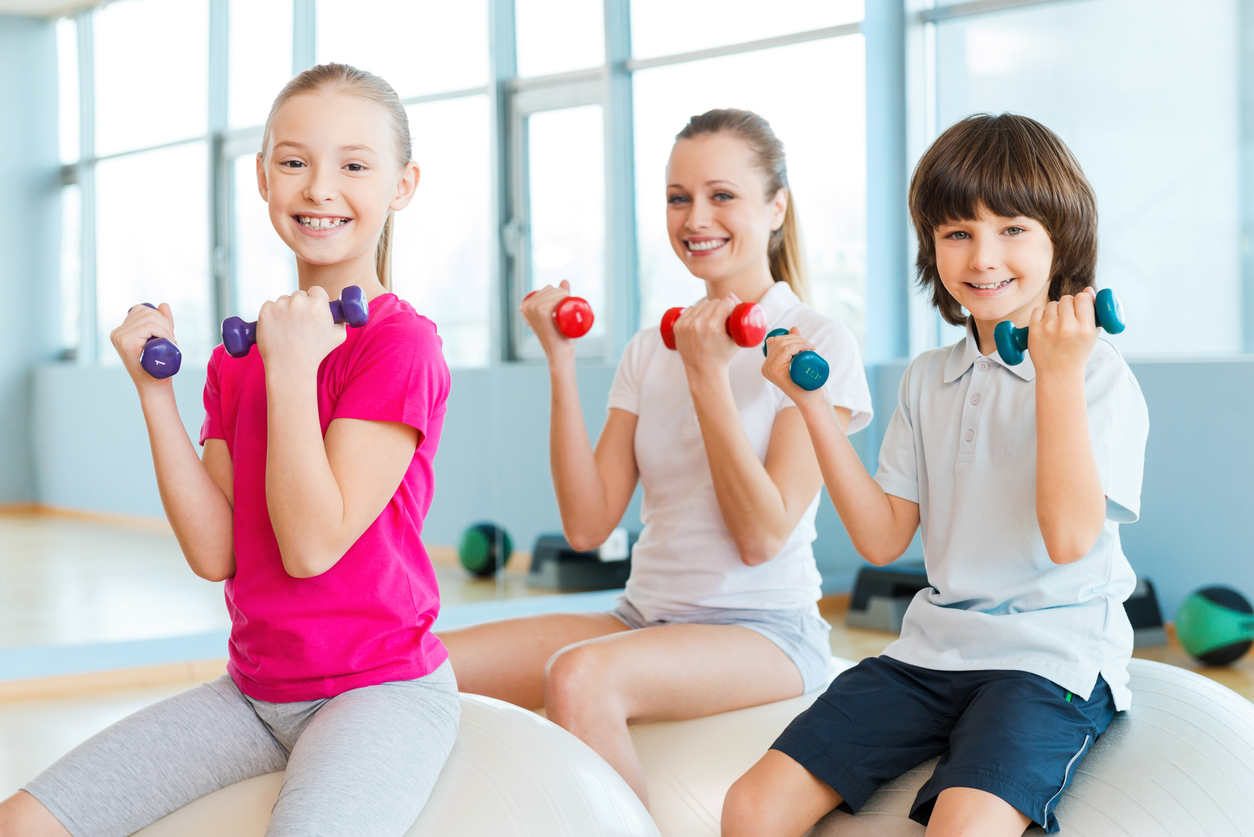
Key facts
- Safe exercise for children means making sure the sporting environment is safe, checking that equipment is appropriate, and the conditions are right for the age and fitness level of the child.
- Check that your child plays sports that suit their size, age and ability, and that the emotional environment is right for your child.
- Parents and other adults can take steps to help prevent injuries at children’s sporting events.
- Warming up, cooling down and preventing sunburn and dehydration are important elements of safe exercise for children.
What is safe exercise for children?
To help your child stay safe while they’re exercising, there are some simple things to keep in mind.
Make sure the sporting environment is safe by checking that equipment is not broken, and that there is no sharp rubbish or uneven surfaces. Don’t let children stay too long in the cold or the heat and make sure they wear clothes suited to the environment.
Check that your child plays sports that suit their size, age and ability, and that the emotional environment is right for your child.
How much exercise does my child need?
Being physically active is not only good for your child’s physical development, it might also help with their learning at school, and their emotional health.
Children aged 5 to 12 years need to do at least 60 minutes of moderate to vigorous physical activity every day. This should include a range of activities to get their heart rate and breathing rate up, as well as activities that strengthen their muscles and bones.
It is important to encourage your child to get moving and to limit the time they spend sitting down.
The Australian Government recommends that children aged 5 to 12 years should spend no more than 2 hours a day in front of a screen for entertainment, including television, seated electronic games, portable electronic devices or computers.
Children aged 2 to 5 years should spend no more than 1 hour a day in front of a screen, while children under 2 years of age don’t need any screen time at all.
How much exercise is right for adolescents?
Young people aged 13 to 17 years will benefit from a variety of moderate to vigorous physical activity for 60 minutes each day, and more is even better.
‘Moderate’ physical activity means still being able to talk while doing it, as in social tennis, walking fast, riding a bike or dancing. ‘Vigorous’ physical activity will make you puff, as in jogging, aerobics, circuit training, cycling fast or some organised sports.
Part of this physical activity should include exercise that strengthens bones and muscles, including sit-ups, push-ups, lunges and squats.
Adolescents don’t have to do 60 minutes all in one session. Walking to the shops or train station, a school sports lesson and going for a walk or bike ride with friends will all help reach the day’s exercise goal.
It’s also very important for adolescents to spend less time sitting or lying down.
Encourage your adolescent to break up long periods of studying with moving around, or meeting friends in person rather than online. Suggest they should limit the time they spend in front of a screen for entertainment (including television, seated electronic games, portable electronic devices and computers) to no more than 2 hours per day.
How can I help prevent my child becoming injured while exercising?
Like adults, children have different levels of skill and fitness. The type and amount of exercise that is right for your child will depend on their age, fitness and interests.
To prevent injury:
- Mix up the type of exercise (aerobic, muscle strengthening and weight bearing) and try different sports.
- Watch for signs of burnout, especially when training for organised sport (if your child is exhausted, injured, or cannot fully recover after exercise then they may be doing too much).
- Make sure they have one day resting from organised sport per week (they can still play and be active in other ways).
- Make sure your child only does activities they are skilled and strong enough for.
- Ensure they use proper safety gear, such as mouth guards, shin guards or a helmet.
- Get them the right treatment if they suffer an injury.
Warming up before exercise
Warming up before exercise prevents injury by softening the muscles and making them more supple. Before exercise, encourage your child to warm up by:
- going for a slow jog, swim or cycle, or a quick walk
- stretching all the muscles they’re going to use (hold each stretch for 10 to 20 seconds, but never until it hurts)
- practising specific skills they are going to use, like hitting, kicking, throwing or catching
Cooling down after exercise
Cooling down after high intensity exercise is important for relaxing and softening muscles. During high intensity exercise, waste products collect around the muscle tissue until they can be carried away by the lymphatic system. Cooling down after exercise helps the lymphatic system to do this.
After exercise, encourage your child to cool down by:
- gradually reducing the intensity (slow from a run to a slow walk — don’t just stop)
- stretching like they did in the warm-up, but holding the stretches for longer
- putting on warm clothes so they cool down slowly
Avoid sunburn and dehydration
When exercising in hot weather, your child should wear sunscreen and a hat. Make sure they drink water before, during and after playing sport.
If your child starts feeling unwell or has a bad headache, it could be due to dehydration. Have them sit in a cool place and give them some water.
Children can also get heatstroke, along with sunburn. If your child’s sunburn is accompanied by fever, headaches or nausea and vomiting, take them to a doctor as soon as possible.



